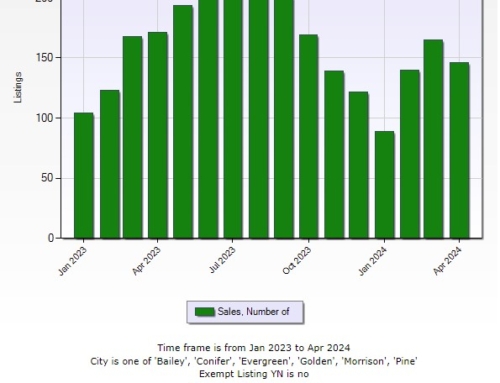
What is a 2-1 Buydown? Understanding Your Mortgage Options
Introduction: Simplifying Mortgage Financing
When it comes to purchasing a home, understanding your mortgage options is crucial. Among these, a 2-1 buydown stands out as an intriguing choice for many homebuyers. This article breaks down what a 2-1 buydown is and how it can potentially benefit you.
How Does a 2-1 Buydown Work?
The Basics of a 2-1 Buydown
A 2-1 buydown is a mortgage strategy designed to reduce the interest rate on your loan temporarily. Here’s how it works:
- Year 1: Interest rate is reduced by 2%.
- Year 2: Interest rate is reduced by 1%.
- Year 3 and Beyond: Interest reverts to the standard rate.
Example for Clarity
Imagine a standard mortgage rate of 5%. With a 2-1 buydown:
- In the first year, you pay at a 3% rate.
- In the second year, it’s 4%.
- From the third year onwards, it’s back to 5%.
Benefits of Opting for a 2-1 Buydown
Immediate Financial Relief
A 2-1 buydown can be particularly beneficial for:
- Short-Term Affordability: Lower initial payments.
- Future Income Growth: Ideal if you anticipate a higher income in the coming years.
- Competitive Markets: Makes your offer more attractive in a hot housing market.
Points to Consider Before Choosing a 2-1 Buydown
Understanding the Implications
While appealing, a 2-1 buydown has aspects to consider:
- Temporary Benefit: The reduced rate is not permanent.
- Comparative Analysis: How does it stack up against other mortgage options?
- Long-Term Costs: Assess the total cost over the loan’s lifespan.
Who Should Consider a 2-1 Buydown?
Ideal Candidates for This Mortgage Strategy
A 2-1 buydown may be perfect for:
- First-time homebuyers.
- Those expecting a significant income increase.
- Buyers in a seller’s market.
Conclusion: Is a 2-1 Buydown Right for You?
In summary, a 2-1 buydown offers temporary reduced mortgage payments, ideal for certain financial situations. It’s important to weigh its short-term benefits against long-term implications and compare it with other available mortgage options.

Orson Hill Realty is a real estate company in Evergreen, Colorado that serves the Denver Foothills and the Denver Metro. Orson Hill Realty can assist in any size real estate transaction from small land listings to luxury listing agents and buyer brokers.
Orson Hill Realty has experienced listings agents and buyer agents. Our Realtors know how use high tech digital marketing mixed with old school marketing to sell your home faster and for more money.
This technology also helps buyers find their home faster. That way a buyer never misses the perfect home again. Any real estate agent in this day and age that doesn’t leverage technology is not doing their clients any favors. All Orson Hill Realty real estate agents are Realtors.
Orson Hill Realty is a full-service Colorado-based real estate company that offers professional real estate agents and brokers to assist you in your buying or selling process. Our agents are well-versed in the local community and have a strong online presence, making them highly effective in their field. For buyers, we offer online listing alerts and a user-friendly portal to facilitate an efficient home search, with access to homes not yet on the market, and for sellers, we advertise on a wide range of listing websites to ensure high visibility for your listing.
As realtors, we are dedicated to upholding a higher level of ethics and experience in our business, and we are deeply invested in the community, with active participation in various local events and activities. Our real estate agents possess a wealth of knowledge on the local area and know how to negotiate the best prices for your needs. We offer excellent services for luxury homes and horse properties, although we handle any size real estate transaction with utmost professionalism.
Our company places a strong emphasis on technology, recognizing the importance of an online presence to meet the demands of our fast-paced industry. With multiple high traffic websites and digital marketing strategies, we ensure that your property is marketed throughout the internet to reach a wider audience. We are dedicated to providing luxury services to all our clients, regardless of the price point.
Orson Hill Realty
Ask me about Southwest Florida real estate









Leave A Comment
You must be logged in to post a comment.